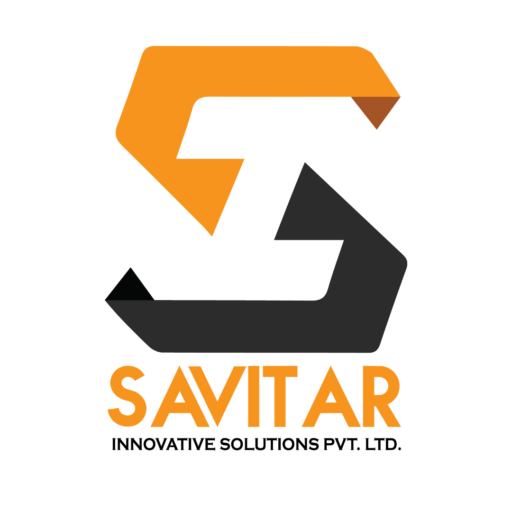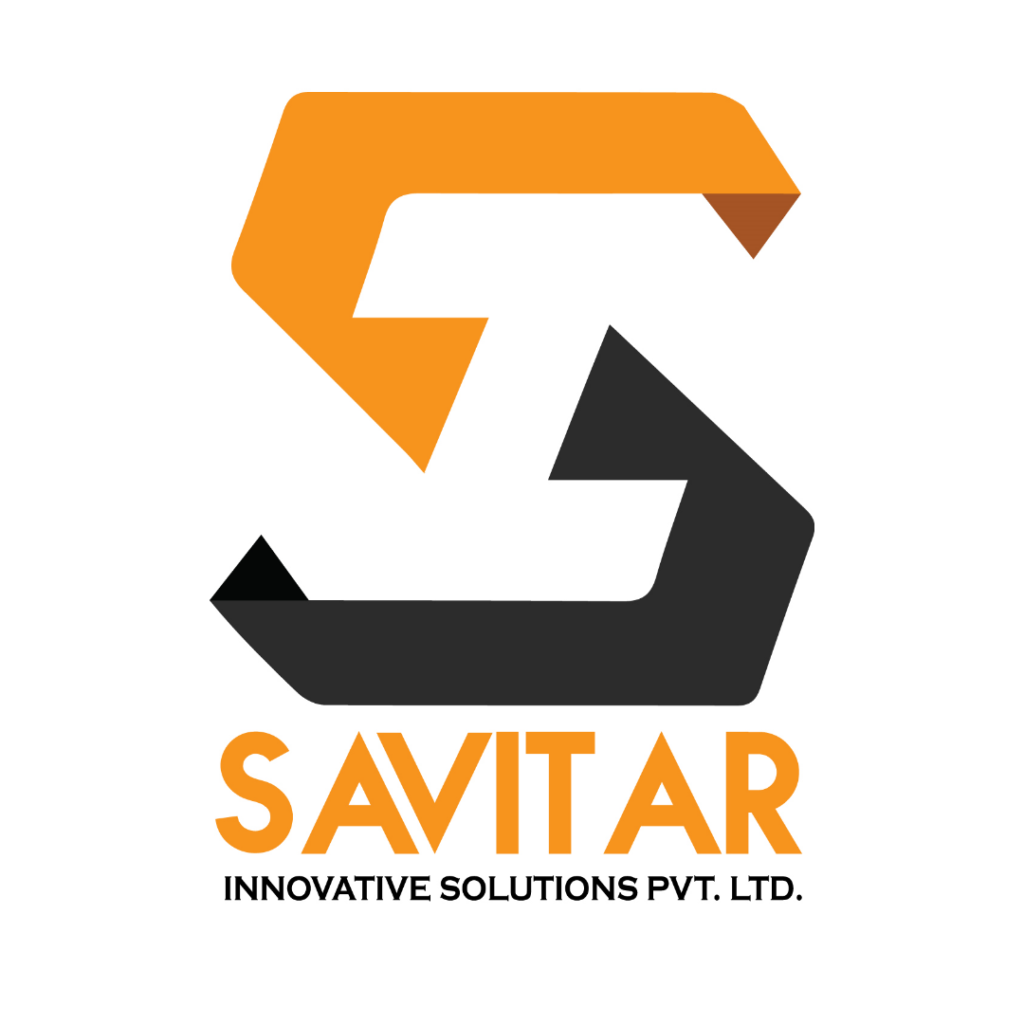Blogs
Microsoft Dynamics 365 Business Central
Microsoft commissioned Forrester Consulting to conduct a Total Economic Impact™ (TEI) study and examine the potential return on investment (ROI) enterprises may …
Small and medium-sized businesses have smaller margins for errors. And smaller in-house tech support teams. That’s why they have an urgent need …
More and more successful small and medium-sized business leaders are using Microsoft Dynamics 365 Business Central as the foundation for their digital …
Volunteer-led nonprofit Team Rubicon responds to natural disasters and humanitarian crises around the world- see how the use #Dynamics365 Business Central helps …
How to Train Developers!!!
In the rapidly evolving tech industry, the continuous development of skills is critical for staying competitive. As a manager, effectively training your developers is key to building a strong, agile, and innovative team. This guide will walk you through the best practices and strategies to train your developers, ensuring they are well-equipped to handle the demands of today and tomorrow.
1. Understand Learning Styles
- Tailor training to accommodate different learning preferences: hands-on, theoretical, or visual.
2. Set Clear Goals
- Define measurable training objectives aligned with organizational goals.
3. Use Online Courses and Certifications
- Utilize platforms like Coursera, Udemy, and Pluralsight for up-to-date skills and certifications.
4. Foster Continuous Learning
- Encourage self-study, knowledge sharing, and provide access to resources.
5. Implement Pair Programming
- Promote collaborative learning and immediate feedback by having developers work in pairs.
6. Create Mentorship Programs
- Pair less experienced developers with senior mentors for guidance and support.
7. Hands-On Training
- Provide real-world project opportunities to apply skills practically.
8. Encourage Open Source Participation
- Get developers involved in open source projects to learn diverse coding styles.
9. Utilize Code Reviews
- Conduct regular code reviews for constructive feedback and continuous improvement.
10. Stay Updated with Industry Trends
- Keep informed about the latest trends, tools, and technologies through blogs, webinars, and networks.
By implementing these strategies, you can develop a skilled, motivated, and innovative team ready to tackle any challenge.
Life of a Developer!!
The life of a developer is a blend of creativity, logic, and continuous learning. Here’s a glimpse into a typical day:
Morning: Starting Strong
- Email and Task Review: Begin with checking emails and project updates.
- Morning Code Session: Tackle complex problems or write new code with fresh energy.
Midday: Collaboration and Breaks
- Stand-Up Meetings: Share progress and align priorities with the team.
- Lunch Break: Recharge with a meal, a walk, or some downtime.
Afternoon: Deep Work
- Coding and Debugging: Continue with development tasks, fix bugs, and review code.
- Pair Programming: Collaborate closely with another developer for problem-solving.
Continuous Learning
- Stay Updated: Dedicate time to learning new languages, tools, and frameworks through courses and personal projects.
Evening: Wrapping Up
- Task Update: Commit code changes and plan for the next day.
- Community Engagement: Contribute to open-source projects or attend tech meetups.
Challenges and Rewards
- Challenges: Tight deadlines and the need for continuous learning.
- Rewards: Solving complex problems, building impactful projects, and innovating.
Conclusion: A Lifelong Journey
The life of a developer is dynamic and fulfilling, requiring a balance of technical skills, problem-solving, and collaboration. Embrace the challenges, enjoy the process, and keep coding!
Perfect Keyboards for Developers!!
Finding the right keyboard can significantly enhance a developer’s productivity and comfort. Here’s a quick guide on what to look for:
1. Mechanical vs. Membrane Keyboards
- Mechanical Keyboards: Preferred for their tactile feedback, durability, and customizable switches (e.g., Cherry MX Blue, Brown, Red).
- Membrane Keyboards: Quieter and cheaper but lack the tactile feedback and durability of mechanical keyboards.
2. Ergonomics
- Split Keyboards: Reduce strain with a natural hand position.
- Adjustable Tilt and Wrist Rests: Improve comfort and reduce wrist strain.
3. Key Layout and Customization
- Full-Sized Keyboards: Include number pads and function keys.
- Tenkeyless (TKL): Save space by excluding the number pad.
- Compact Keyboards: Prioritize portability.
- Customizable Keys and Macros: Enhance productivity with tailored shortcuts.
4. Connectivity
- Wired Keyboards: Stable and lag-free connection.
- Wireless Keyboards: Offer flexibility and reduce clutter.
5. Build Quality and Durability
- Sturdy Materials: Aluminum or high-quality plastic for longevity.
- PBT Keycaps: More durable than ABS keycaps.
- Water Resistance: Protection against spills.
6. Additional Features
- Backlighting: Useful in low-light conditions.
- N-Key Rollover and Anti-Ghosting: Ensure accurate key press registration.
Top Recommendations
- Das Keyboard 4 Professional: Robust with Cherry MX switches.
- Logitech MX Keys: Wireless, low-profile, and smart illumination.
- Kinesis Advantage2: Ergonomic with a split design.
- Ducky One 2 Mini: Compact and customizable with RGB lighting.
- Keychron K2: Versatile wireless mechanical keyboard.
Choosing the right keyboard can make coding more efficient and enjoyable. Consider your specific needs and preferences to find the perfect fit. Happy typing!
o.
Developers and the Bug Relation!!
The relationship between bugs and developers is both challenging and integral to the development process. Here’s a concise look at this dynamic interaction:
1. Inevitable Encounter
Bugs are an inevitable part of software development. No matter how experienced a developer is, encountering bugs is a routine aspect of coding. They arise from various sources: human error, unexpected user behavior, or environmental changes.
2. The Detection Phase
Developers often discover bugs during different stages of the development cycle:
- Coding: Spotting issues while writing code.
- Testing: Identifying bugs during unit tests or QA tests.
- Production: Bugs that surface in the live environment.
3. The Frustration
Bugs can be frustrating, causing delays and impacting productivity. They can disrupt the flow and challenge even the most seasoned developers. However, they also provide an opportunity for growth and learning.
4. Problem-Solving Skills
Dealing with bugs hones a developer’s problem-solving skills. It requires:
- Debugging: Tracing the source of the problem.
- Analysis: Understanding why the bug occurred.
- Solution Crafting: Implementing a fix that resolves the issue without introducing new ones.
5. Tools and Techniques
Developers use various tools and techniques to manage bugs effectively:
- Version Control Systems: Track changes and isolate problematic code.
- Debugging Tools: Identify and fix issues more efficiently.
- Automated Testing: Catch bugs early in the development cycle.
6. Continuous Improvement
Every bug is a learning opportunity. By analyzing and understanding bugs, developers can:
- Improve Code Quality: Write more robust and error-resistant code.
- Enhance Skills: Develop better debugging and problem-solving techniques.
- Refine Processes: Implement better testing and review processes to minimize future bugs.
Conclusion: Embracing the Relationship
The relationship between bugs and developers is complex but essential. While bugs can be a source of frustration, they also drive continuous improvement and skill development. Embracing this aspect of development leads to better software and more proficient developers. Happy debugging!





